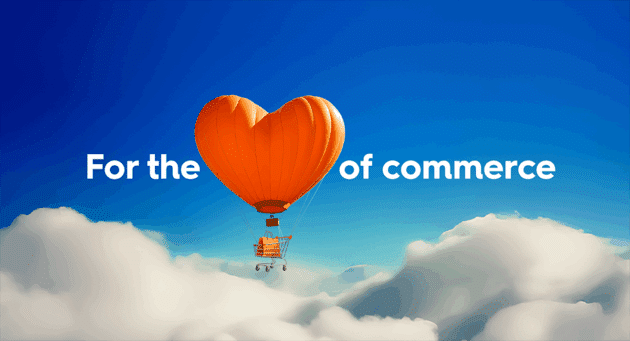This post was republished from Bankingdive.com
The effect of the global pandemic on financial services and banking is staggering. The crisis led banks to close branches overnight, forcing consumers — many for the first time — to embrace digital channels to complete even the most basic services. In fact, according to a recent survey by EY, 43% of respondents say the way they bank has changed due to the pandemic. But COVID-19, and its attendant challenges, is also proving to be a catalyst for banks. The pandemic is ushering in a new way of doing business and, just as important, is changing the way consumers bank. The companies that can navigate these transformational shifts, and adapt the quickest, are the ones that will succeed in the years ahead.
Of course, not all banks were at the same place in their digital journey when the pandemic hit. Digital-first banks and even some of the biggest legacy banks that were early adopters of digital technologies experienced a less dramatic shift, said Jennifer Roths Boerema, a director at consulting firm West Monroe Partners in Chicago. In working with financial services companies of all sizes and in different parts of the country, she has seen the effect that digital capabilities have had on the consumer experience.
“The more rural areas of the country, where brick-and-mortar banking is the norm, felt this switch the most, and so did their customers,” she said. “It’s not that these banks didn’t have digital on their road map, it’s that they didn’t think they were going to need to move this quickly.” When customers are used to cashing a check or withdrawing money in person, and then have to do that in a digital way, it alters the entire consumer experience, Roths Boerema added.
As a result, banks have to adapt to this new way of relating to consumers. For some, the initial hurdle is the technology itself. Basic banking services — opening an account, arranging a line of credit, even applying for a mortgage — require an exchange of documents. In the age of COVID-19, the ability to do that electronically is mandatory. “The banks that didn’t have that electronic document exchange set up in a secure way saw what a toll that was taking on their ability to get things done,” Roths Boerema said.
Prioritizing digital offerings
To meet changing consumer needs, the smartest banks are taking a more granular approach to digital transformation. If the plan, pre-pandemic, was to make everything digital eventually, the strategy now is for banks to prioritize what they need to do first and expedite those steps. In a survey about the impact of COVID-19 on marketing conducted by Criteo, a majority of the respondents reported that their marketing function has increased in importance because of the pandemic. The firms said they realize in these tumultuous times, the need to retain customers and engage new ones is more important than ever.
“The pandemic brought to light where banks were lacking, and what they have to address in order to take care of customers,” Roths Boerema said. Instead of large transformations, she said, more banks are undergoing “micro-transformations.”
For example, if the goal was to have complete online banking, many banks are offering pieces of that now — online bill pay or mobile check deposit — as they work to add other elements down the road. The same holds true for an electronic document-exchange portal so that customers don’t have to depend on in-person availability to complete a mortgage application or a commercial line of credit. The point is to securely add what they can now, rather than wait to have everything in place for a total digital offering.
A new approach to customer service
For banks further along on the digital journey, the customer service piece has occurred more organically. They’ve had more time to introduce customers to digital solutions and the ways in which an online capability could replace a transaction done in person. For banks having to make that switch more rapidly, the customer service aspect will need to be more targeted. “There are customers not used to banking this way, but they’re going to have to. And banks need to devise a strategy to engage with the type of customer who need a longer transition to digital banking,” Roths Boerema said. She said banks were using everything from Zoom calls to short videos to educate customers on the new ways they can bank and to answer questions and concerns.
“Depending on the demographics, there are customers that are going to adapt quickly to this and then there are those that are going to take a little more time,” she said. The banks in the best position to succeed in the months and years ahead are the ones that invest in marketing and digital capabilities today and make sure they include their customers in that journey.






















